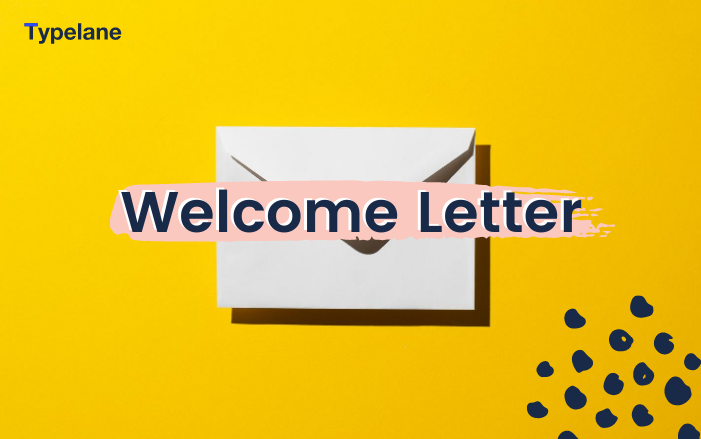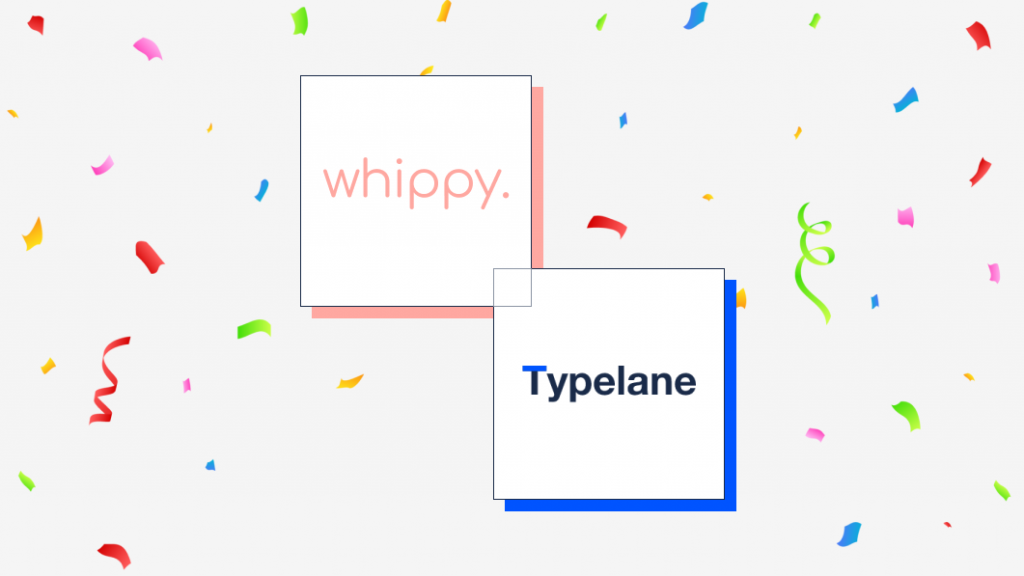How to write a welcome letter to a new employee


You only get one chance to make a first impression. This saying is very true in terms of welcoming a new hire in your company. A well-crafted welcome letter is an important component of your onboarding process and it shouldn’t by no means be ignored. The letter should be personal and preferably written by the CEO or manager rather than an HR person. There is no ‘one size fits for all’ -solution to the welcome letter; it can be an email, a handwritten note, a video clip, or anything in between. As long as it reflects the company’s culture and makes the newcomer feel welcome.
Why is a welcome letter important?
Like stated above, a welcome letter is a vital part of the employee onboarding process. It helps the new hire to feel comfortable joining a new team and let them know you’re happy about the new team member as well. The welcome letter also acts as an introduction to the company culture and naturally conveys some relevant information about the company, team, office and so forth.
What should the welcome letter include?
A welcome letter is not a handbook; it’s not the place to dump all information about the company. It’s also not a mass email that you should just copy-paste changing the recipient’s name. An engaging welcome letter contains:
- a personal greeting
- a short “Great to have you onboard” -paragraph
- a short team introduction
- a high-level overview of the employee’s first-day agenda,
- any additional must-know information, for example, a dress code, office location and so forth.
The letter can also contain video or images to make it even more engaging. Don’t be scared to through in some imagination. A welcome letter that lacks a personal touch and is solely composed by filling in the blanks can give a wrong impression and even feel a bit neglectful.
Tone
The tone of the welcome letter should mirror the company’s spirit. If the communication style and culture within the company are generally considered more conservative, don’t try to make the welcome letter too casual, and vice a versa. That will just confuse the new hire and can convey an inaccurate impression of the company. However, whether the culture inside your organization is casual or formal, be mindful not to come across as too rigid or too laid back. Be friendly and on point.
Use visuals
Images speak louder than words. You may want to consider spicing up the welcome letter with some imagery, GIFs or even a short video clip – a personal video greeting from the CEO, perhaps. The welcome letter often acts as an icebreaker, so it is more than fine to use some imagination and add a small fun factor to it – as long as it fits the company’s brand. It’s also perfectly fine to go with a traditional text-only letter if it’s more in line with the company’s character. Moreover, if images and video sound too intimidating, even an emoji here and there makes a big difference.
Double-check
Lastly, before hitting send or print, make sure to check the letter for typos and more importantly, double-check that the recipient’s name is correct. By putting a couple more extra minutes on reading the letter through one last time you can avoid some awkward moments and make sure you’re making the best possible first impression.
Sign up for our newsletter!
Fine-tune your knowledge within on- and offboardings with our monthly newsletters.


